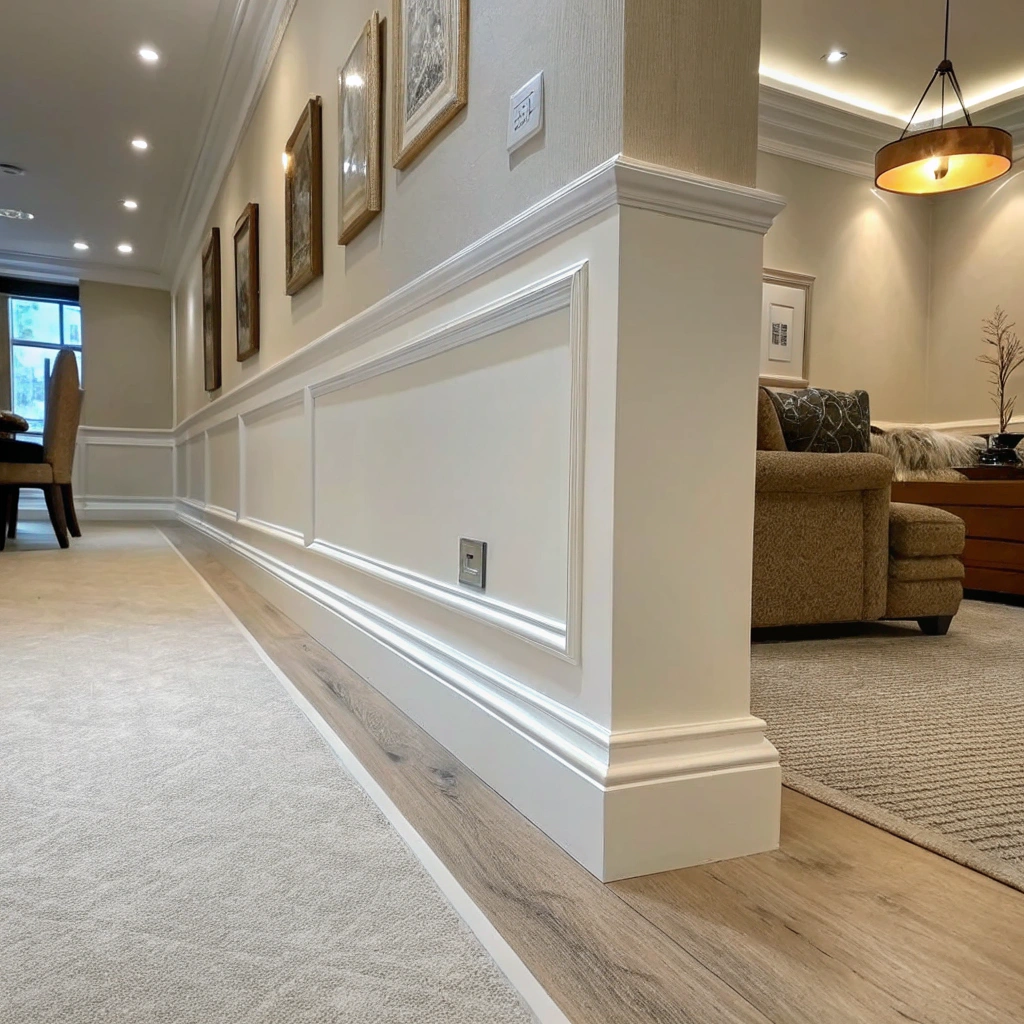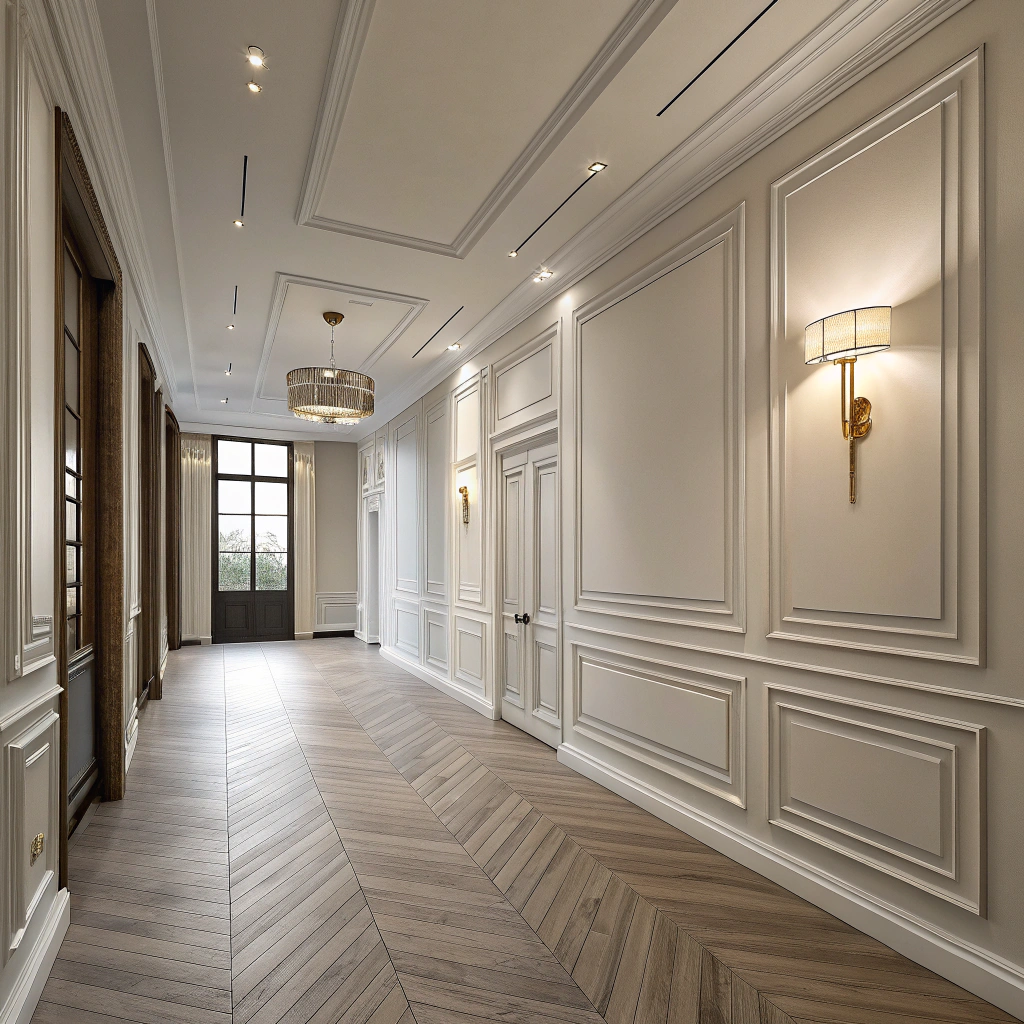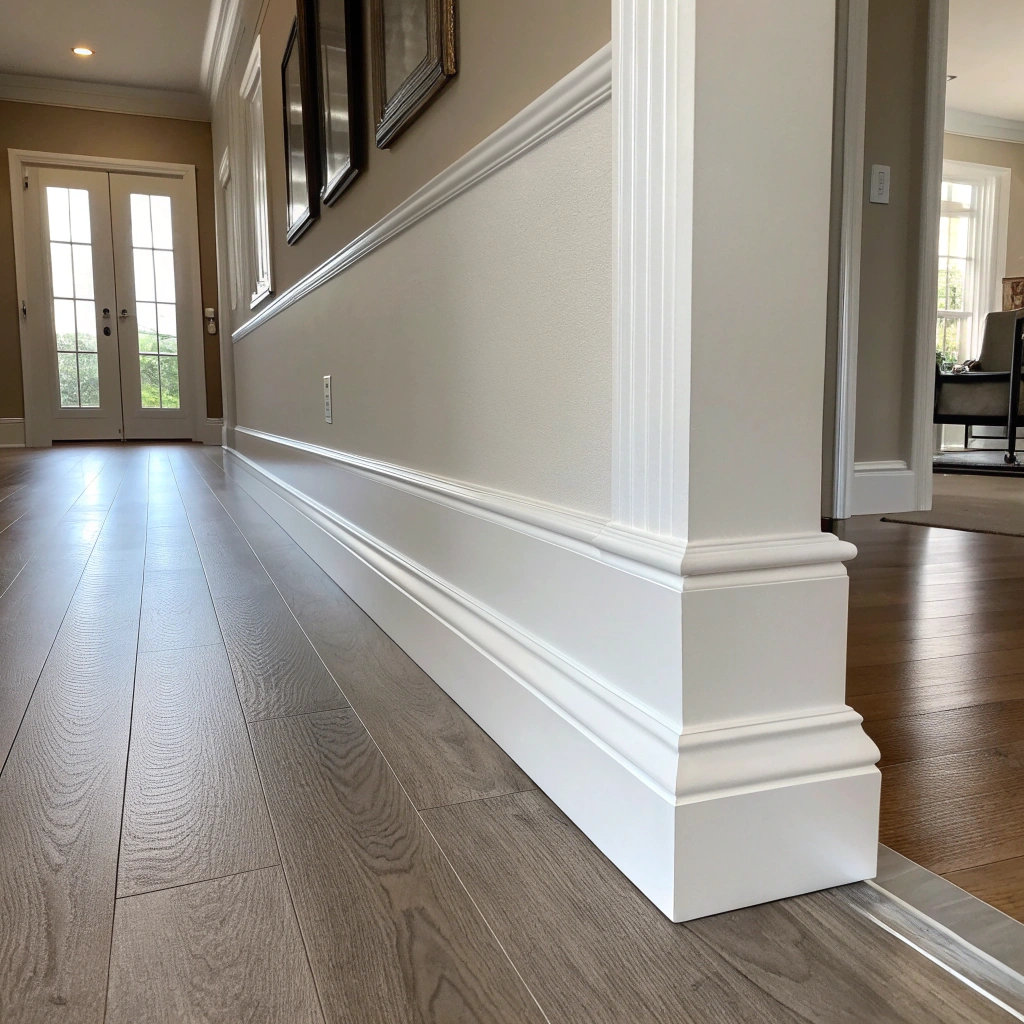What Are the 12 Different Types Of Skirting Board Profiles?

I have seen many rooms change when we add skirting board. It can be small detail. It can make a big difference.
The most popular styles are explained here. I answer choice questions for you.
I want you to keep reading. I will show you how each profile fits design. I will help you pick the right one for your room.
What are the most popular skirting board profile styles?
I get your attention. You might feel lost if you try to decide. I show clear names next.
The most popular skirting board profiles are Ogee, Torus, Bullnose, Chamfer, D‑shaped, Cavetto, Lamb’s tongue, Step, Bevelled, Moses basket, Scotia, and Victorian.

I explain each. You can see why each is liked. I use simple words and keep it clear.
I talk more now and help you learn about each one.
Styles table
| Profile Name | 설명 |
|---|---|
| Ogee | An S curve. Classic look. |
| Torus | A large round half‑bulb shape. |
| Bullnose | Smooth round top edge. Soft look. |
| Chamfer | A flat cut edge. Simple and neat. |
| D‑shaped | Flat back and round front. |
| Cavetto | A small concave curve. Subtle. |
| Lamb’s tongue | Small curve with sharp edge. Elegant. |
| 단계 | Two flat levels. Geometric look. |
| Bevelled | Slant edge. Sharp and modern. |
| Moses basket | Soft curve with edge detail. |
| Scotia | Deep concave shape. Dramatic shadow. |
| Victorian | Carved edges. Historic look. |
I talk now with more detail on some of them. I show how each looks and how it works.
Ogee
Ogee has an S curve. It looks classic. It suits formal rooms. It gives a soft but rich look. It works well with period furniture. It needs care to clean curves.
Torus and Bullnose
Torus is a big round top. It gives weight to wall base. It looks solid. It is easy to wipe with cloth.
Bullnose has a gentle round top. It is soft. It is easy to dust too.
Chamfer and Bevelled
Chamfer is a flat cut angle. It looks neat and simple. It fits modern rooms.
Bevelled is a slant edge. It looks sharp and clean. It works in minimalist style.
D‑shaped and Cavetto
D‑shaped is flat on one side and round on the front. It is gentle. It is easy to keep clean.
Cavetto is a small curved inward shape. It is subtle. It adds soft detail.
Lamb’s tongue and Step
Lamb’s tongue has a little curve with a sharp lip. It looks graceful. It draws the eye.
Step has two levels. It looks geometric. It suits modern or craft style.
Moses basket, Scotia, Victorian
Moses basket has soft but complex curve. It feels soft and cozy. It may catch dust.
Scotia is a deep curve. It gives a strong shadow line. It works well with uplights.
Victorian is ornate. It adds classic feel. It may need more cleaning due to detail.
I explain more on how design changes with these.
How do different skirting profiles affect interior design?
I show why the shape matters. I help you see the impact.
Different profiles change style, flow, and feel of rooms. They add lines, shadows, and texture. They help tie walls and floors.

I go deeper now on their effect. I break this down.
I explain each effect in detail.
Whatever style you have, skirting helps pull it together. Here is how.
Design impact details
I break it down with headings and a table.
Style mood
- Ogee and Victorian feel classic or formal. They suit old houses or elegant rooms.
- Torus, Bullnose, Lamb’s tongue feel cozy and soft. They work in homes or cottages.
- Chamfer, Bevelled, Step feel modern and clean. They suit modern or minimalist rooms.
- D‑shaped, Cavetto feel quiet and smooth. They fit simple or calm spaces.
- Scotia and Moses basket feel bold or soft. They work with lighting or cozy corners.
Visual line and shadow
Profiles with curves like Ogee or Scotia make shadow lines. They add depth.
Flat ones like Chamfer and Bevelled make straight lines. They keep look clean.
Transition and protection
Skirting covers gaps and protects walls.
Thicker profiles like Torus or Victorian protect better. Thin ones like Step or Chamfer are lighter.
Cleaning and maintenance
Here I give you a small table.
| 프로필 유형 | Clean & Maintain? |
|---|---|
| Simple (Flat/Bevel) | 매우 쉬움 |
| Smooth curves (Torus, Bullnose, D‑shaped) | 쉬운 |
| Ornate or deep curves (Victorian, Ogee, Scotia) | Harder |
| Deep concave (Scotia, Moses basket) | May trap dust |
I show that flat and smooth profiles are easiest to clean. Detailed ones need more care.
I talk more. I explain why design and upkeep matters.
Which skirting board shape is easiest to clean and maintain?
I know you want low care. I tell you clearly.
Flat or smooth profiles like Chamfer, Bevelled, Torus, and Bullnose are easiest to keep clean.

I go deeper. I explain why some are easier and why that matters for daily life.
I write more on cleaning effort and choice.
Why some are easier
I add sub‑headings and critical thoughts.
Flat or simple edges
Chamfer and Bevelled have straight lines. Dust does not hide. You just wipe with cloth. Cleaning is quick.
Smooth curves
Torus and Bullnose have no ledges. Dust slides away. You just wipe or vacuum along. It is easy.
Hard to clean shapes
Ogee, Victorian, Scotia, Moses basket have curves and lips. They catch dust. You need brush or small tool. It takes time. You may skip cleaning in busy times.
I add a small table for average cleaning time.
| 프로필 유형 | Approx. Cleaning Time (per meter) |
|---|---|
| Flat / smooth | 10 seconds |
| Simple curve (Torus etc.) | 15 seconds |
| Ornate or deep curve | 30 seconds or more |
I show that you save time with simple shapes. This is practical in daily life.
How do you choose the right skirting profile for your room?
I guide you to choose right. I make it easy.
You pick based on style, room use, ease of cleaning, and budget. Match profile to your decor and routine.

I go deeper now. I guide with thought steps.
I give steps and tables to help your choice.
Choice steps
1. Know your room style
Is it modern, classic, cozy, formal?
Pick profile that matches your mood. Flat and clean for modern. Smooth or ornate for cozy or historic.
2. Think of use and cleaning
Is it a busy place like hallway? Choose easy to clean like Chamfer. Is it a quiet room? You can pick ornate if you like.
3. Lighting and shadow
Do you have low light or accent lights near floor? Use curves like Scotia to catch shadow. If light is bright, simple may work.
4. Budget and cost
Complex profiles cost more. Simple ones cost less. Balance your look and budget.
5. Height and scale
High ceilings call for tall or thick skirting. Low ceilings work with simple slim profile. Measure before buy.
Quick choice table
| Room Type | Suggested Profiles |
|---|---|
| Modern / minimal | Chamfer, Bevelled, Step |
| Classic / formal | Ogee, Victorian |
| Cozy / cottage | Torus, Bullnose, Lamb’s tongue |
| Active space | Chamfer, Bevelled |
| Low light / mood | Scotia, Ogee |
| 빠듯한 예산 | Simple flat profiles |
I wrap this up. I make clear steps. I help you choose by your needs.
결론
I have shown the 12 profiles. I explained style, cleaning, and choice steps. You can now pick a profile that fits your room and your life.



